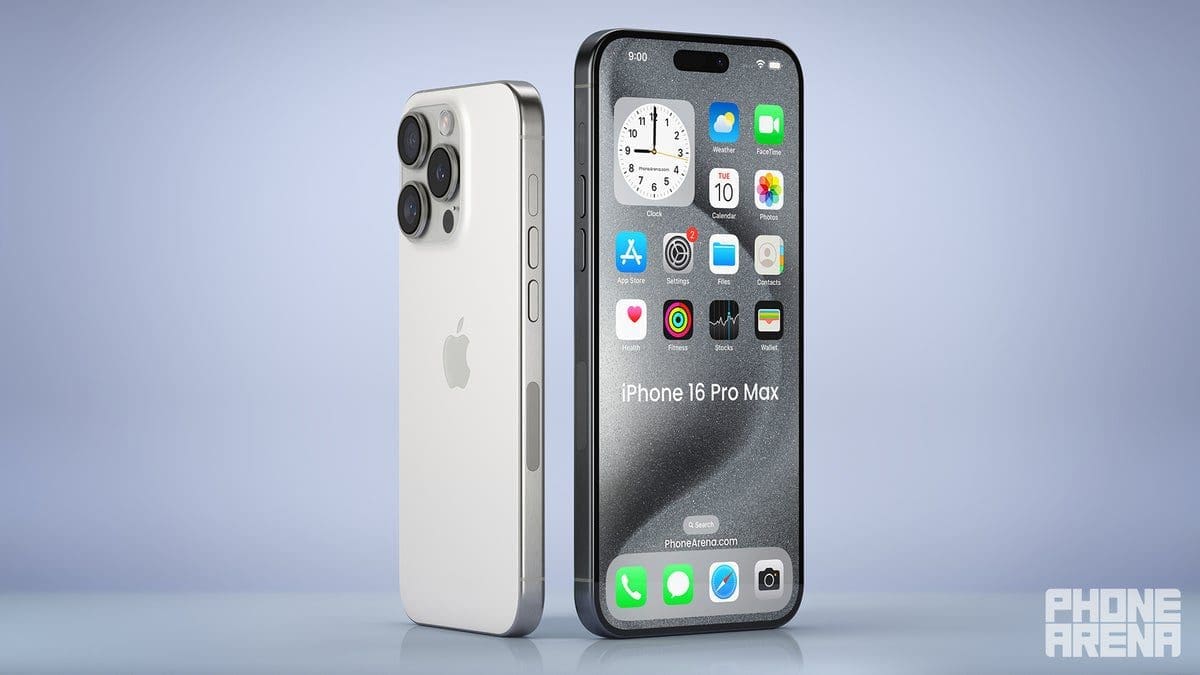Phones Canada is excited to share the latest news about the newly unveiled iPhone 15 Pro and its impressive A17 Pro chip. This chip is based on the 3nm manufacturing process, marking a significant leap in iPhone chip technology. It is worth noting that the A17 Pro chip doesn’t showcase a massive improvement in performance compared to the previous generation’s A16 Bionic chip. However, recent leaks shed light on the possible reason behind this.
According to reliable leaker Revegnus, the codename for the A17 Pro suggests that it is an upgraded version of the A16 Bionic chip. The A15 Bionic chip had the codename H14, followed by the H15 moniker for the A16 Bionic. Going by this convention, the A17 Pro should have been called H16, but it is instead codenamed H15 Coll.
While the A17 Pro is based on the same architecture as the A16, it doesn’t mean that no changes have been made. The improvements primarily focus on cache optimization, clock upgrades, and GPU enhancements. TSMC’s 3nm technology is expected to provide a 15% boost in performance or a 35% increase in power efficiency compared to the A16’s 4nm process.
Apple claims that the A17 Pro chip is 10% faster than its predecessor, the A16 Bionic. However, Apple hasn’t provided specific details about efficiency improvements, except for mentioning that it’s the most efficient CPU available. Leaked Geekbench results suggest that the A17 Pro chip delivers 16% faster single-core performance and 13% faster multi-core performance compared to the A16.
It’s worth noting that the alleged codename reveals that Apple might not have dedicated extensive efforts to the A17 Pro chip. Given that the A16 already boasted impressive speed, this decision makes sense. Nevertheless, the A17 Pro chip still outperforms flagship Android chips, and it benefits from the iPhone 15 Pro’s increased RAM compared to its predecessor.
The A17 Pro chip’s GPU boasts six cores, one more than the A16, and Apple claims it offers 20% faster graphics performance and improved energy efficiency. Additionally, the GPU supports hardware-accelerated ray tracing. Furthermore, the Neural Engine of the A17 Pro is twice as fast, resulting in enhanced machine learning performance. With 19 billion transistors, the A17 Pro chip accommodates 3 billion more transistors compared to the A16.
Overall, while the A17 Pro might not showcase significant architectural changes, it still offers notable performance gains and advancements over its predecessor. Apple’s commitment to pushing the boundaries of smartphone chip technology ensures that the iPhone 15 Pro remains a top contender in the market.










